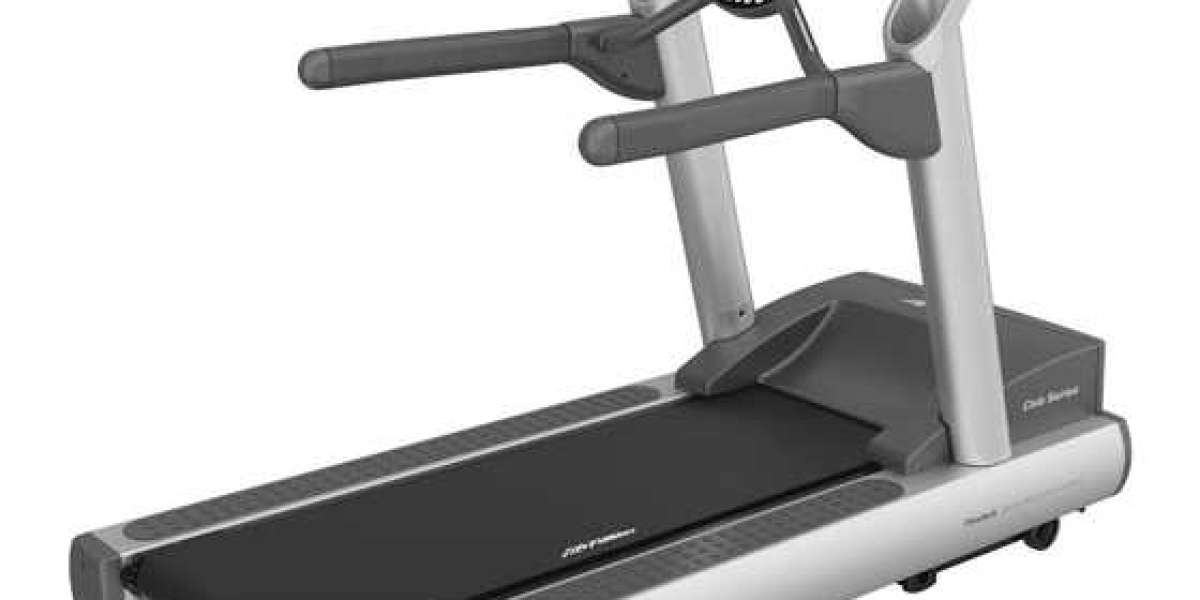Here’s a breakdown of the key Treadmill Parts and what each one does:
1. Frame
The sturdy structure that supports the entire treadmill. It provides stability and durability during use.
2. Deck
The surface you walk or run on. It’s usually cushioned to reduce impact on your joints.
3. Belt
The moving surface that you walk or run on, typically made of rubber or synthetic material. It rotates around the rollers and is essential for the treadmill's function.
4. Rollers
These are located at both ends of the deck and help the belt move smoothly. They play a critical role in the treadmill's overall performance.
5. Motor
The heart of the treadmill, responsible for powering the belt's movement. Motors can vary in power; higher horsepower (HP) is better for more intensive workouts.
6. Control Panel
The interface where you start and stop the treadmill, adjust speed and incline, and select workout programs. It usually includes a display for tracking time, distance, speed, and calories burned.
7. Incline Mechanism
Allows you to adjust the treadmill’s incline to simulate uphill running or walking. This can usually be done manually or electronically, depending on the model.
8. Shock Absorption System
Found beneath the deck, this system reduces the impact on your joints and provides a more comfortable workout experience.
9. Safety Key
A safety feature that stops the treadmill if it’s pulled away from the console. It’s crucial for preventing accidents.
10. Heart Rate Monitor
Some treadmills come with built-in sensors on the handlebars or require a chest strap. This feature tracks your heart rate to help you stay within your target zones.
Troubleshooting Tips:
- Belt Slipping: Check for proper tension or lubrication.
- No Power: Inspect the power cord and circuit breaker.
- Unusual Noises: Look for debris in the rollers or check for loose parts.
- Control Panel Issues: Ensure the console is securely connected and check for software updates.
Understanding these components can help you maintain your treadmill and troubleshoot common issues effectively!








